May 3, 2024 | 12:48 GMT +7
May 3, 2024 | 12:48 GMT +7
Hotline: 0913.378.918
May 3, 2024 | 12:48 GMT +7
Hotline: 0913.378.918
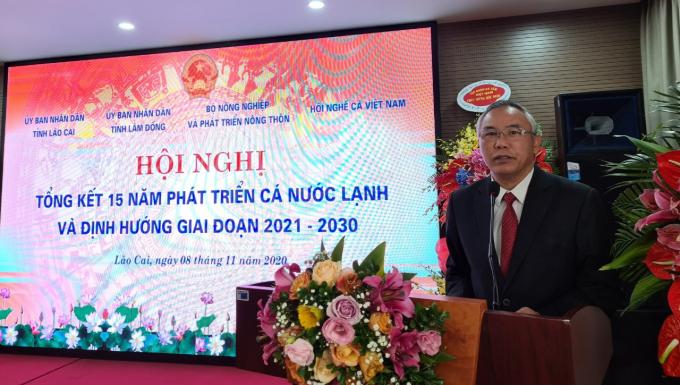
Deputy Minister of Agriculture and Rural Development Phung Duc Tien making remarks at the Cònerence on November 8. Photo: T.T.
The conference was held in Sapa and chaired by Deputy Minister of Agriculture and Rural Development Phung Duc Tien.
According to the Vietnam Fisheries Society, after successful experimental culture of cold – water fish including salmon and sturgeon, in 2006 – 2007, this kind of fish was officially cultured with initial production of only 100 tons.
15 years later, the output of cold-water fish nationwide has gained over 3,700 tons, an average of 68.75 tons per year. Cold-water fish has affirmed its position in the domestic market.
Currently, 25 cities and provinces of the country have engaged in developing cold-water fish, mainly focus in the North and Central Highlands.
Particularly in 2020, the national processed caviar production is estimated to reach 3,000 kilos. About 4 million of fingerlings was produced domestically, meeting 80% of fingerling demand of cold-water fish farms.
Regarding feed production for cold – water fish, the domestic market is capable of supplying about 90% for sturgeon and 50% for salmon at the selling price of 20% lower than the price of imported feed.
Domestic cold-water fish supplied for many cities and provinces is fresh, chilled and unprocessed frozen fish.
It is forecasted that in the next 10 years, the demand for consumption of cold-water fish products of the country and the world will continue to increase sharply. Currently, the domestic market has met only 50% of the demand.
This is a great opportunity but also a challenge for cold-water fish farming of the country when it is required to take full advantage of water resources, improve technology, enhance production and product quality for a firm foothold in the market…
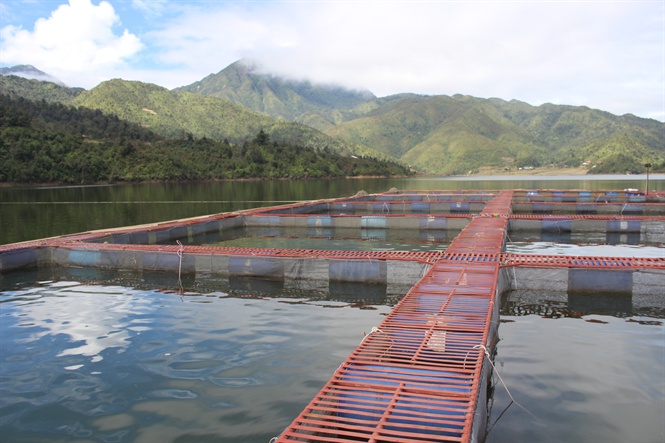
Sturgeon culture at Seo My Ty Lake (Sapa, Lao Cai). Photo: H.D.
Deputy Minister of Agriculture and Rural Development Phung Duc Tien underlined at the conference that after 15 years of experimental culture, up to now, cold-water fish farming has been developed at 25 cities and provinces across the nation.
The production of cold-water fish has increased rapidly in recent years which helps Vietnam ascend to 10 largest sturgeon producers in the world.
However, the development of cold-water fish in Vietnam still faces many difficulties, for example farming technology hasn’t met the biological characteristics of cold-water fish, leading to high loss rate and low production in comparison with countries with high – tech farming.
Current farming system much depends on natural water resources. Cold-water fish farms also haven’t received benefits from the current preferential policies for cold-water fish.
With an aim to developing cold-water fish in an effective, stable and sustainable manner in the coming time, Deputy Minister of Agriculture and Rural Development Phung Duc Tien asked localities to organize the application of production processes suitable to ecological conditions of each regions; protect the ecological environment and trace product origins. It is also necessary to diversify production models in which enterprises play the key role as well as encourage production cooperation models between enterprises and households.
The target by 2030 is that cultured cold-water fish production will meet 100% of domestic demand and some cold-water fish products will be exported, cold-water caviar will reach 5 – 10 tons/year, export value will gain US$ 20 – US$ 25 million. Fingerling production will fully meet domestic demand to ensure the quality of commercial culture, industrial feed for cold-water fish culture will be 100% domestically produced.
Author: Hai Dang. Translated by Boi Thu. Edited by Duc Huy.
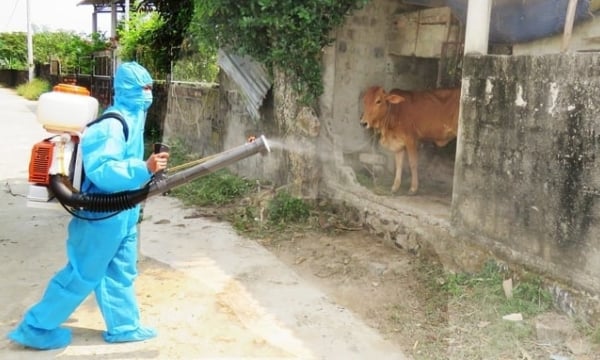
(VAN) An outbreak of Lumpy Skin Disease has occured across four districts in Quang Binh province, prompting local veterinary forces to strengthen prevention efforts.
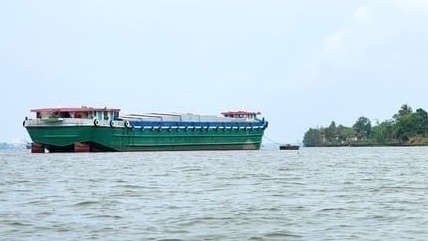
(VAN) 'There is water in the rivers and water in the sky, so why does the Mekong Delta lack water?', a problem raised by experts to find a solution for the region's water conservation story.
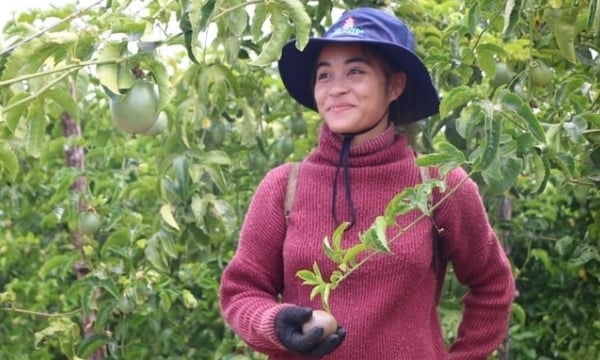
(VAN) With advantages in production area and market demand, passion fruit is emerging as a key crop in the Central Highlands, providing sustainable economic benefits for local residents.
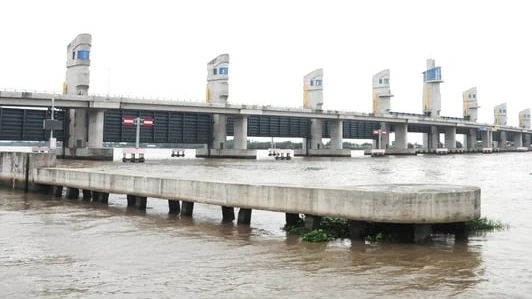
(VAN) Large-scale irrigation projects in the Mekong Delta have safeguarded a beneficiary area spanning more than 1 million hectares, significantly mitigating damage caused by drought and saltwater intrusion.
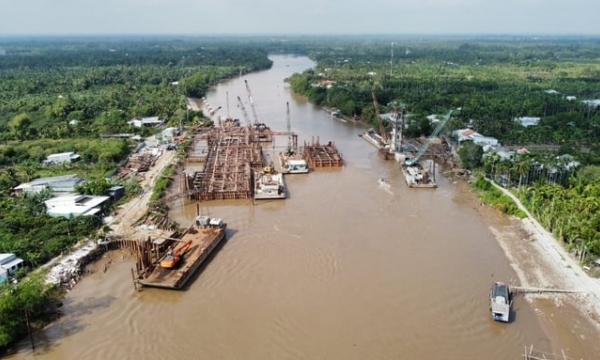
(VAN) Residents along the south bank of the Hau River are anticipating the Rach Mop lock by the end of 2024, along with projects to fortify the irrigation system to prevent saltwater intrusion.
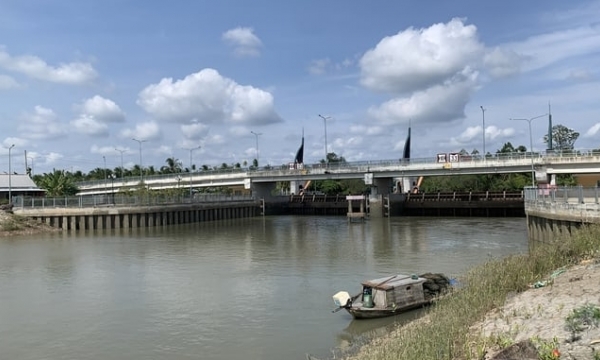
(VAN) The Bong Bot - Tan Dinh sluice delivers fresh water to meet the production demands of thousands residing in Tra Vinh province's coastal areas.
/2024/04/26/0500-3-135847_403.jpg)
(VAN) According to Dr. Dao The Anh, if indigenous varieties that are highly nutritious and adapt to climate change can be developed, the community will greatly benefit.